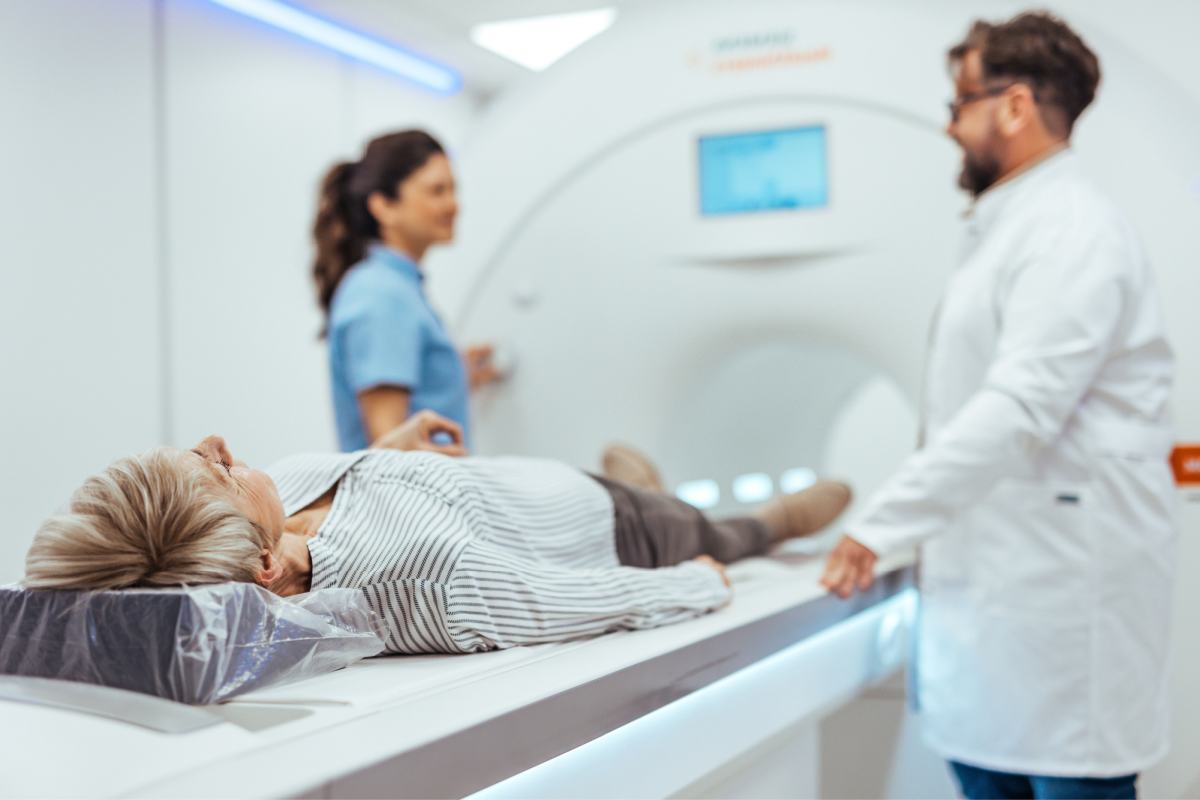In contrast to the results of an initial study, the epilepsy drug lamotrigine may not increase the risk of birth defects. According to the new study – published in the journal, Neurology – pregnant women taking the drug to manage their epilepsy, did not put their children at an increased risk of being born with a cleft lip, cleft palate or clubfoot.
Lamotrigine is an anticonvulsant medication used alone, or in combination with other drugs, to control seizures in epileptic patients. The drug is also prescribed as a mood stabilizer for patients with bipolar disorder.
Maintaining epilepsy disease management during pregnancy is important, as seizures could have a negative effect on the growing fetus. It’s also important however, for pregnant women to assess the medication they’re taking to determine whether it could pose a risk to the health of the baby.
“An initial study of this drug showed an increased risk for cleft lip or cleft palate, but a number of other studies since have not, and a previous study showed an increased risk of clubfoot,” said Dr. Helen Dolk, an author on the study from Ulster University in Northern Ireland, United Kingdom. “This particular study had a much larger population size – more than double the size of the previous study.”
In the current study, the researchers analyzed data collected from over 10 million births, which took place over a 16 year period. From this sample they found that 226,806 babies were born with some type of birth defect.
Of the over 200,000 children born with an anomaly, the researchers identified only 147 babies whose mothers took lamotrigine during the first trimester of their pregnancy. These babies were also identified as having non-genetic birth defects.
Dolk and her colleagues found that babies born with cleft lip, cleft palate or clubfoot, were not significantly more likely to have been exposed to the epilepsy drug early on in embryonic development. In the general population, tt is estimated that one in every 700 babies is born with a cleft lip or palate, and around one in every 1,000 babies is born with a club foot.
“We cannot exclude a small risk, but we estimate the excess risk of cleft lip or cleft palate among babies exposed to the drug to be less than one in every 550 babies,” said Dolk. “Since excess risks of cleft lip or palate have been reported for a variety of antiepileptic drugs, we recommend that for all mothers with epilepsy, whatever their drug exposure, special attention be given to examining the baby for cleft palate.”
According to the researchers, further studies should be performed in order to assess the risks of high doses of the drug on prenatal health. “We did not have specific information on lamotrigine dosage so additional study is recommended, especially of high doses,” said Dolk.












Join or login to leave a comment
JOIN LOGIN